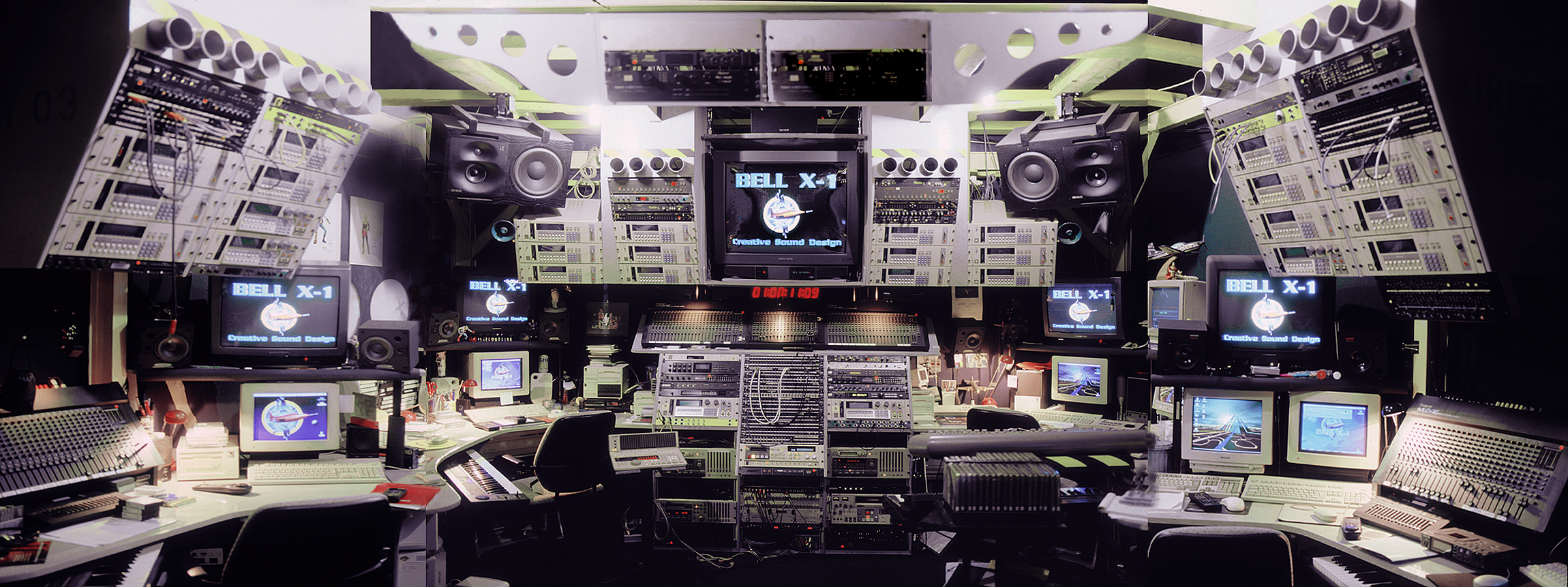What is The Future?
MIDI and digital audio technology helped to drive the rapid evolution of sound design during the 1980s and 1990s. Features of computerized theatre sound design systems were recognized as being essential for live show control systems at Walt Disney World and, as a result, Disney utilized systems of that type to control many facilities at their Disney-MGM Studios theme park, which opened in 1989. These features were incorporated into the MIDI Show Control (MSC) specification, an open communications protocol used to interact with diverse devices. The first show to fully utilize the MSC specification was the Magic Kingdom Parade at Walt Disney World's Magic Kingdom in September, 1991.
Also, the World Wide Web has greatly enhanced the ability of sound designers to acquire source material quickly, easily and cheaply. Nowadays, a designer can preview and download crisper, more "believable" sounds as opposed to toiling through time- and budget-draining "shot-in-the-dark" searches through record stores, libraries and "the grapevine" for (often) inferior recordings. In addition, software innovation has enabled sound designers to take more of a DIY (or "do-it-yourself") approach. From the comfort of their home and at any hour, they can simply use a computer, speakers and headphones rather than renting (or buying) costly equipment or studio space and time for editing and mixing. This provides for faster creation and negotiation with the director.
Take all of this into account its safe in my opinion to assume that the internet will play a huge factor in how sound design is used in the future as like it's been said it allows software to be gathered quickly but also allows for the quick distribution of these sounds and also the gathering of sounds inaccessible in climates that can't access them.

No comments:
Post a Comment